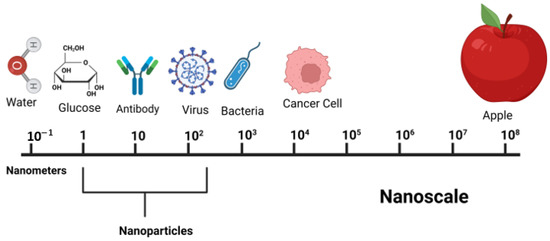Bioinorganic Chemistry in Drug Discovery
A topical collection in Drugs and Drug Candidates (ISSN 2813-2998). This collection belongs to the section "Medicinal Chemistry and Preliminary Screening".
Viewed by 3851Editors
Interests: bioinorganic chemistry; medicinal inorganic chemistry; heterometallic complexes; biomolecules interactions; mechanism of antitumor activity
Special Issues, Collections and Topics in MDPI journals
Interests: transition metal complexes; kinetics; biomolecules; interactions
Special Issues, Collections and Topics in MDPI journals
Topical Collection Information
Dear Colleagues,
Bioinorganic chemistry is an interdisciplinary field that examines the role of essential micro- and macro-elements in biological systems. Many processes in living systems such as metabolism, respiration, photosynthesis, growth, reproduction, muscle contraction, etc., cannot take place without the presence of some metal ions. Bioinorganic chemistry connects inorganic chemistry with organic chemistry in addition to synthesizing the new complex compounds of transition metal ions, which are used as therapeutic and diagnostic agents. This field includes studies of kinetic and thermodynamic interactions between transition metal ions coordination compounds and biomolecules such as enzymes, nucleic acids, proteins, peptides, amino acids, and others. Furthermore, bioinorganic chemistry connects inorganic chemistry with biology and medicine during investigation in vitro and in vivo potential appropriate therapeutic agents, as well as, in examination of transport of these compounds through the cell membrane and elimination of them from biological systems using appropriate ligand by forming the stable complex compounds. This Special Issue presents recent progress in the field of bioinorganic chemistry in drug discovery with many new approaches to the design of innovative metal-based drugs and includes recent discovery of investigations of the bioinorganic processes.
Dr. Tanja Soldatovic
Dr. Snezana Jovanovic-Stevic
Collection Editors
Manuscript Submission Information
Manuscripts should be submitted online at www.mdpi.com by registering and logging in to this website. Once you are registered, click here to go to the submission form. Manuscripts can be submitted until the deadline. All submissions that pass pre-check are peer-reviewed. Accepted papers will be published continuously in the journal (as soon as accepted) and will be listed together on the collection website. Research articles, review articles as well as short communications are invited. For planned papers, a title and short abstract (about 100 words) can be sent to the Editorial Office for announcement on this website.
Submitted manuscripts should not have been published previously, nor be under consideration for publication elsewhere (except conference proceedings papers). All manuscripts are thoroughly refereed through a single-blind peer-review process. A guide for authors and other relevant information for submission of manuscripts is available on the Instructions for Authors page. Drugs and Drug Candidates is an international peer-reviewed open access quarterly journal published by MDPI.
Please visit the Instructions for Authors page before submitting a manuscript. The Article Processing Charge (APC) for publication in this open access journal is 1000 CHF (Swiss Francs). Submitted papers should be well formatted and use good English. Authors may use MDPI's English editing service prior to publication or during author revisions.
Keywords
- bioinorganic
- drug discovery
- metal-based drugs
- anticancer agents
- interactions





